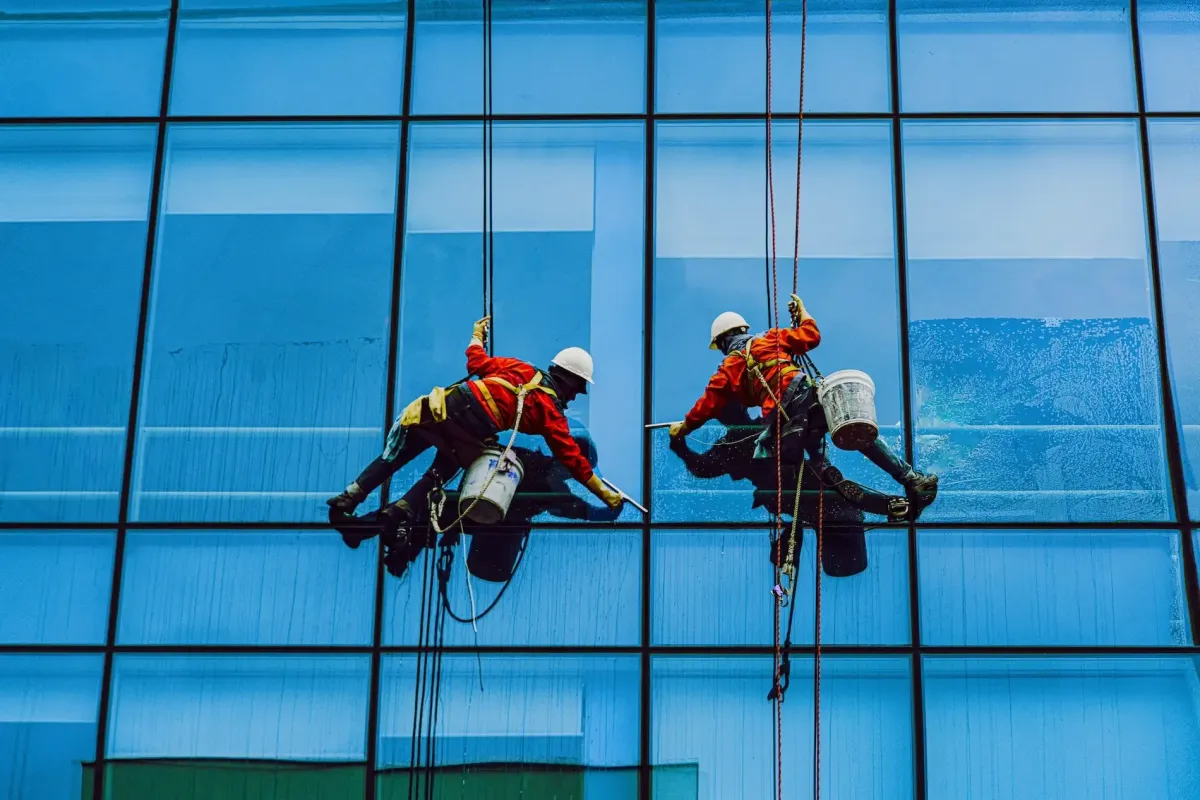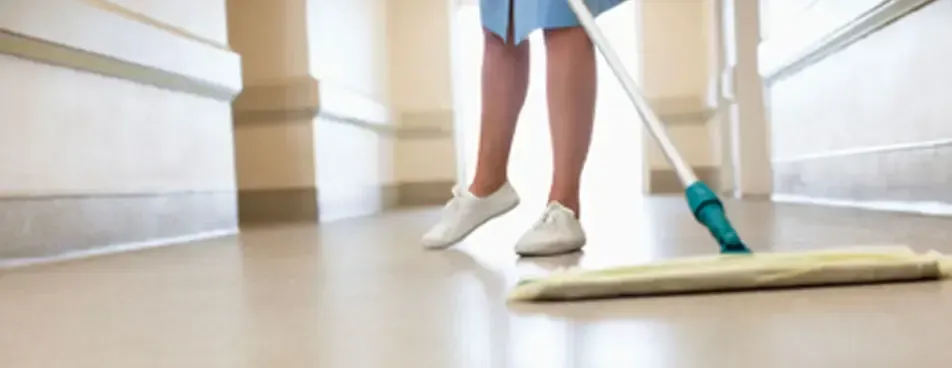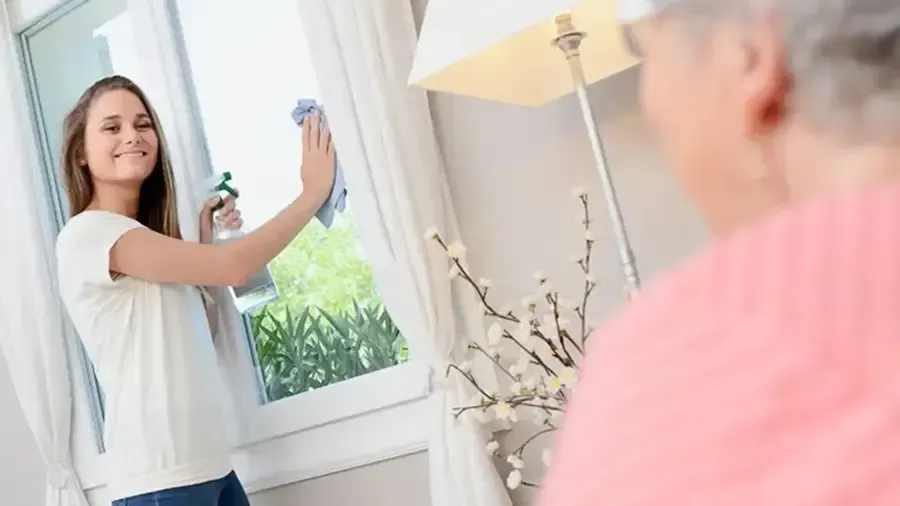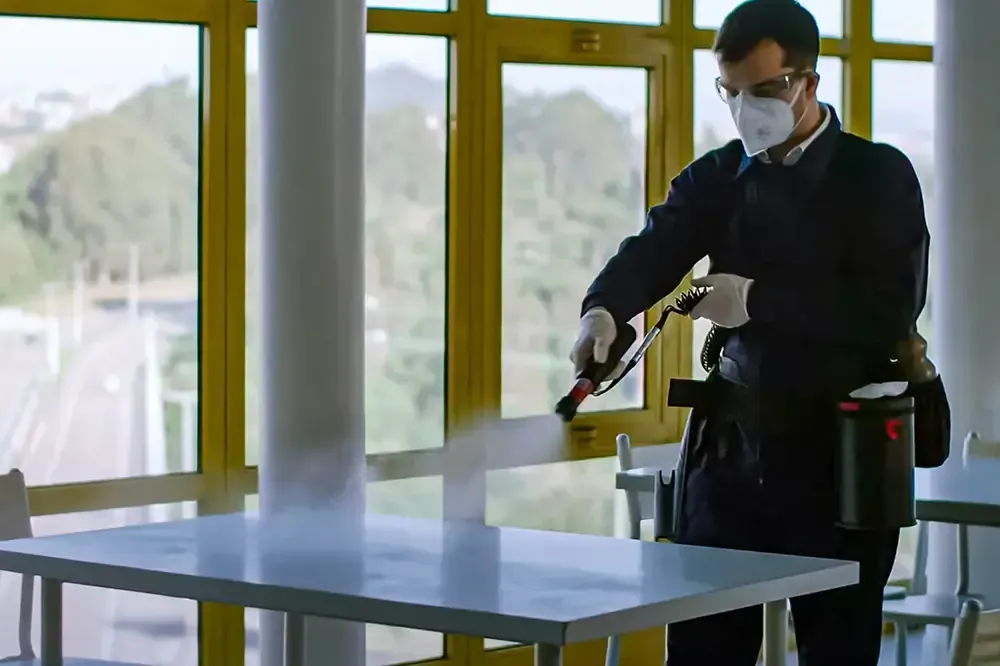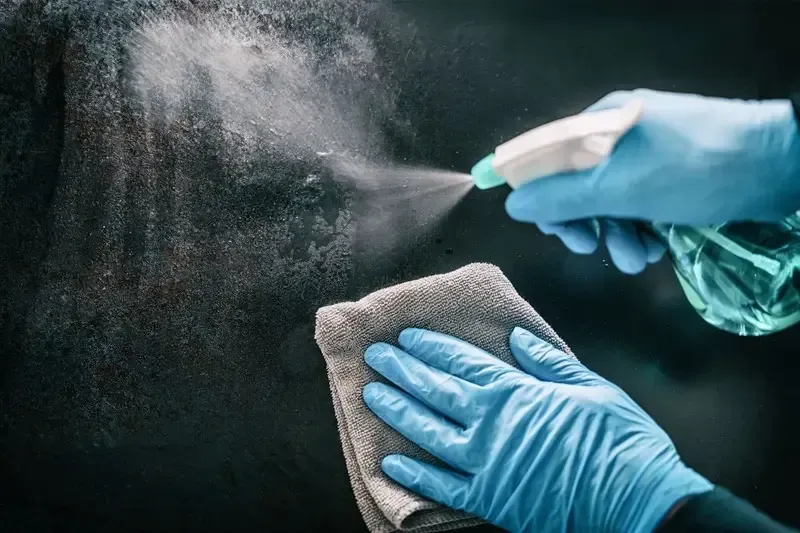Helping to Enhance Cleanliness and Safety in Our Schools
Our Game-Changing Antimicrobial Solution for Our Kids

In the dynamic and bustling environment of schools, where young minds learn and grow, maintaining a hygienic atmosphere is paramount. The health and well-being of students and staff are deeply intertwined with the cleanliness of their surroundings. Schools, being vibrant hubs of activity, are often challenged by the rapid spread of germs and bacteria, making effective sanitation crucial. A clean and hygienic school not only supports the physical health of its occupants but also fosters a nurturing environment conducive to learning and development. In recognising this essential need, our antimicrobial surface protection solutions offer an innovative approach to significantly reduce the transmission of infectious agents, ensuring a safer, healthier, and more focused educational experience for all.
Catering to the unique needs of educational environments, our advanced antimicrobial surface protection product makes maintaining a hygienic school setting achievable and efficient. By creating an invisible barrier on surfaces that actively combats the spread of germs and bacteria, our solution ensures long-lasting cleanliness with minimal maintenance. It’s designed to seamlessly integrate into the school’s routine, drastically reducing the frequency of deep cleaning and the use of harsh chemicals, while continuously safeguarding the health of students and staff. With our product, schools can achieve a higher standard of hygiene effortlessly, allowing them to focus more on education and less on infection control.
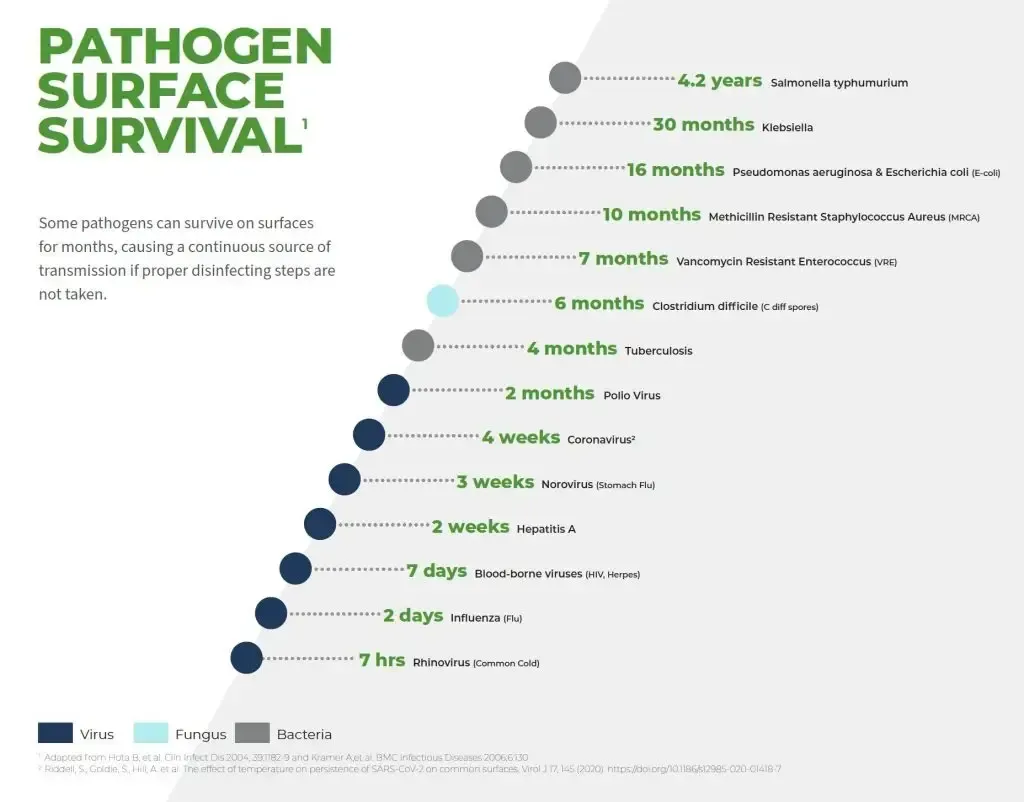
We're Championing Infection Control in Australian Schools which should be a Priority for Our Nation's Health and Education
In the vibrant corridors and interactive classrooms of Australian schools, there lies an unseen challenge – the constant presence of bacteria and germs. Given the communal nature of schools, these environments are particularly susceptible to the spread of infections. A revealing study highlighted in the Australian Journal of Education noted the persistence of microbes on school surfaces, underscoring the need for robust sanitation measures.
Tackling the Unseen Foe
The complexities of managing germ transmission in schools are multifaceted. Australian schools, bustling with activity, are environments where students are in close proximity, sharing everything from textbooks to digital devices. This scenario is further complicated by the fact that children, especially in their early years, are still developing their immune systems, making them more susceptible to catching and spreading illnesses.
The National Health and Medical Research Council of Australia stresses the importance of hand hygiene in schools, linking poor handwashing habits directly to increased infection rates. Despite handwashing being a straightforward preventive measure, it’s often overlooked or inconsistently practiced by students.
Moreover, the diverse range of contact surfaces in schools, such as playground equipment, desks, and lunch tables, act as reservoirs for germs, contributing to the challenge.


Forward-Thinking Solutions for Healthier Schools
The complexities of managing germ transmission in schools are multifaceted. Australian schools, bustling with activity, are environments where students are in close proximity, sharing everything from textbooks to digital devices. This scenario is further complicated by the fact that children, especially in their early years, are still developing their immune systems, making them more susceptible to catching and spreading illnesses.
The National Health and Medical Research Council of Australia stresses the importance of hand hygiene in schools, linking poor handwashing habits directly to increased infection rates. Despite handwashing being a straightforward preventive measure, it’s often overlooked or inconsistently practiced by students.
Moreover, the diverse range of contact surfaces in schools, such as playground equipment, desks, and lunch tables, act as reservoirs for germs, contributing to the challenge.
A Collaborative Journey
Creating a germ-free educational environment is a collaborative effort that involves educators, students, parents, and health experts. With the integration of innovative solutions such as antimicrobial coatings, combined with ongoing education and improved hygiene practices, Australian schools can ensure safer and healthier learning environments.
By working together, we can foster educational spaces where the focus is on learning and development, uninterrupted by health concerns, ensuring our children’s well-being and academic success.
Beyond education, the physical safeguarding of these educational spaces is crucial. This is where cutting-edge technologies like antimicrobial surface coatings come into play. These coatings, when applied to frequently touched surfaces, provide a proactive barrier against germs, maintaining hygiene over prolonged periods and reducing the reliance on regular disinfection.
An all-encompassing approach also includes routine cleaning, improved air circulation systems, and accessible hand sanitising stations. Encouraging the culture of staying home when unwell is equally important in minimising the spread of infections.

Creating Safer, Healthier Learning Spaces
Safeguarding Every Corner of Our Schools
In every corner of a school, from bustling classrooms to lively playgrounds, our innovative antimicrobial surface protection product finds its application, safeguarding the health and well-being of students and staff alike. In essence, our product seamlessly integrates into the diverse fabric of school environments, offering a shield of protection in every nook and cranny, and ensuring that the focus remains steadfast on education and development in a clean and safe setting.
Classrooms: The Learning Hubs
In classrooms, where young minds are nurtured and inspired, our product plays a crucial role. It can be applied to desks, chairs, and whiteboards, ensuring these frequently touched surfaces become fortresses against germs, allowing students to focus on their education in a hygienic environment.
Cafeterias: Where Nutrition Meets Hygiene
The cafeteria, a bustling hub during breaks, is another critical application area. Here, tables, countertops, and even serving utensils can be coated with our antimicrobial protection, creating a safer dining experience and minimising the risk of germ transmission during meal times.
Restrooms: Ensuring Sanitary Facilities
In school restrooms, high-touch areas like faucets, toilet flush handles, and door knobs are potential hotspots for germs. Our product’s application in these spaces is essential, providing long-lasting protection and maintaining the highest standards of cleanliness.
Playgrounds: Safe and Sanitary Play
On playgrounds, where physical activity and interaction are paramount, equipment like swings, slides, and climbing frames can harbour bacteria. Treating these surfaces with our antimicrobial coating ensures that playtime remains not only fun but also safe and hygienic.
Corridors and Common Areas: The Crossroads of Activity
The corridors and other common areas, the arteries of any school, see a constant flow of traffic. Applying our solution to handrails, lockers, and even floor surfaces can significantly reduce the spread of germs, maintaining a healthier environment throughout the school premises.
Administrative Areas: Behind-the-Scenes Protection
In administrative offices, where staff handle daily operational tasks, surfaces like desks, computer keyboards, and telephones are integral to the workflow. Coating these areas ensures a protected workspace, contributing to the overall well-being of the school’s ecosystem.
Recent Blog Posts
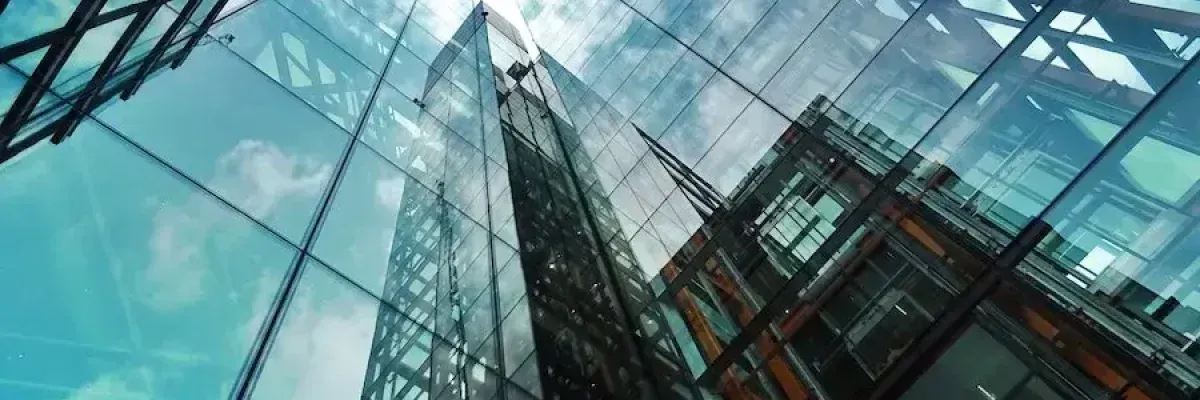
Revolutionising Architecture: The Rise of Green Coatings in Sustainable Building
Introduction to Green Coatings: Exploring Their Significance in Sustainable Architecture in Australia
Green coatings are a quiet yet profound revolution that is underway in Australia, driven by an increasing commitment to sustainability – innovative solutions that not only elevate the visual appeal of structures but also embrace the principles of environmental stewardship and sustainability.
Green coatings, characterised by their low or zero volatile organic compounds (VOCs), represent a significant advancement in reducing the environmental impact of buildings. These materials are more than a mere gesture towards environmentalism; they are a concrete response to the escalating concerns over climate change and resource conservation. As Australian architects and builders pivot towards more sustainable practices, green coatings have become an indispensable element in this eco-conscious journey.
In Australia, where environmental awareness and action are deeply ingrained in both policy and public consciousness, the importance of green coatings in architecture is paramount. With stringent environmental regulations and a societal shift towards sustainable living, these coatings transcend being a simple trend; they are a necessity. Merging state-of-the-art technology with ecological sensibility, green coatings allow buildings to be both aesthetically pleasing and environmentally responsible.
This article will delve into the significance of green coatings within the Australian sustainable architectural landscape. We will explore their environmental benefits, the technological innovations propelling their development, and their role in transforming the ethos of architectural design, underscoring how green coatings are not just improving buildings but revolutionising the entire field.
Environmental Benefits of Green Coatings
In the dynamic world of sustainable architecture in Australia, green coatings stand out as a beacon of environmental stewardship. These innovative coatings are not just a superficial layer of paint; they embody a profound commitment to ecological responsibility, offering several key environmental benefits that are reshaping the industry.
One of the most significant advantages of green coatings lies in their reduced volatile organic compound (VOC) content. Traditional paints have long been associated with high VOC levels, contributing to air pollution and posing health risks. In stark contrast, green coatings are formulated to significantly lower these emissions, thereby playing a pivotal role in enhancing air quality, particularly in densely populated urban areas where air pollution is a major concern.
Moreover, green coatings contribute to energy efficiency in buildings. Many of these coatings are engineered to reflect sunlight and heat, a feature that becomes particularly valuable in Australia’s warmer regions. By reducing the dependence on air conditioning, these coatings aid in cutting down energy usage and the associated greenhouse gas emissions, making them an ally in the fight against climate change.
Durability is another hallmark of green coatings. Their enhanced resistance to wear, tear, and weathering means they don’t require as frequent reapplications as traditional coatings. This longevity translates into less material usage and waste over time, underscoring their role in promoting sustainable consumption patterns.
The manufacturing process of green coatings also reflects an environmental sensibility. Compared to conventional paints, their production often involves more sustainable practices, such as utilising renewable resources, reducing water and energy consumption, and minimising waste. This approach to manufacturing not only lessens the ecological footprint of these coatings but also aligns with the broader goals of sustainable development.
Lastly, many green coatings are either biodegradable or made from recycled materials. This aspect is crucial in fostering a circular economy, ensuring that these coatings, at the end of their lifecycle, don’t add to the burgeoning landfill crisis but are instead reintegrated into the environment or repurposed.
In essence, green coatings are more than just an aesthetic choice; they represent a multi-dimensional approach to environmental sustainability. By reducing harmful emissions, enhancing energy efficiency, and embracing sustainable production and disposal practices, green coatings are instrumental in steering Australia’s architectural sector towards a more sustainable and environmentally conscious future.
Technological Innovations in Green Coatings

As Australia marches towards a more sustainable future, technological innovations in green coatings are playing a pivotal role in this transition. These advancements are not just enhancing the environmental benefits of green coatings but are also pushing the boundaries of what’s possible in sustainable architecture.
One of the most significant developments in this field is the advent of advanced bio-based coatings. Researchers and manufacturers are increasingly turning to natural, renewable resources as alternatives to traditional, petroleum-based ingredients. These bio-based coatings, derived from plant and animal sources, offer the dual benefits of sustainability and reduced environmental impact, without compromising on performance.
Another breakthrough is the incorporation of nanotechnology in green coatings. This involves manipulating materials at an atomic or molecular level to enhance their properties. For instance, nano-coatings can be engineered to be more resistant to moisture, UV radiation, and microbial growth. This level of control at a microscopic scale allows for the creation of coatings that are not only more durable but also more efficient in their environmental performance.
The development of smart coatings is also revolutionising the industry. These coatings can respond to environmental stimuli, such as changes in temperature, light, or humidity, and adapt their properties accordingly. For example, thermochromic coatings change colour based on temperature, offering potential energy savings in building cooling systems. Such smart coatings represent a leap towards more dynamic and responsive building materials.
Furthermore, there’s a growing focus on improving the recyclability and biodegradability of green coatings. Efforts are underway to develop coatings that can be easily recycled or decomposed naturally at the end of their lifespan, thus reducing waste and further promoting a circular economy in the construction sector.
Lastly, digital technologies like AI and machine learning are being employed to optimise the formulation and application of green coatings. By analysing vast amounts of data, these technologies can predict the best formulations for specific applications, enhancing the efficiency and effectiveness of green coatings.
In conclusion, these technological innovations are not just transforming green coatings; they are redefining the principles of sustainable architecture. By harnessing the power of bio-based materials, nanotechnology, smart functionalities, and digital optimisation, green coatings are set to play an even more crucial role in building a sustainable future in Australia.
Case Studies: Successful Implementations of Green Coatings in Architecture
In Australia, the implementation of green coatings in architecture has been marked by a series of successful projects. These case studies not only showcase the practical application of green coatings but also highlight their transformative impact on sustainable architecture.
One notable example is the redevelopment of a commercial building in Sydney. In this project, green coatings were applied to both the exterior and interior surfaces. The coatings used were specifically chosen for their low VOC content and energy-reflective properties. Post-application, the building reported a significant reduction in energy consumption, primarily due to decreased reliance on air conditioning. Furthermore, the improved indoor air quality was immediately noticeable, contributing to a healthier work environment.
Another significant project involves a residential complex in Melbourne, where green coatings played a crucial role in achieving its sustainability goals. Here, coatings with advanced moisture-resistant and insulating properties were used, contributing to the building’s overall energy efficiency. The project demonstrated how green coatings could be effectively integrated into residential construction, offering both environmental and cost benefits.
In Brisbane, a public school incorporated green coatings in its design, focusing on creating a safe and healthy learning environment for students. The coatings used were not only eco-friendly but also possessed anti-microbial properties, ensuring the long-term durability of the surfaces and a healthier environment for the students.
Additionally, a landmark cultural centre in Perth showcased the aesthetic versatility of green coatings. The project utilised coatings derived from natural, renewable sources, which provided a range of vibrant, long-lasting colours. This case study highlighted the intersection of sustainability and design, proving that eco-friendly choices do not have to compromise on aesthetic appeal.
These case studies underscore the versatility and effectiveness of green coatings in various architectural contexts. From commercial and residential buildings to educational institutions and cultural centres, green coatings are proving to be an indispensable component in the pursuit of sustainable architecture in Australia.
The Future of Architecture with Green Coatings
As we look towards the future of architecture in Australia, it’s clear that green coatings will play an increasingly significant role. The advancements in this field are not just a passing trend but a fundamental shift towards a more sustainable approach in the construction and design industries.
The potential for green coatings in the future of architecture is vast. We can expect to see these coatings become even more advanced, with properties that could revolutionise the way buildings interact with their environment. For instance, coatings that actively purify the air, self-clean, or even convert UV rays into renewable energy are within the realm of possibility.
The integration of green coatings with other sustainable building practices is also likely to become more prevalent. This holistic approach would see green coatings used in conjunction with renewable energy sources, green roofs, and sustainable materials to create buildings that are not just environmentally friendly but are actively beneficial to the environment.
Moreover, as public awareness and demand for sustainable practices grow, green coatings are set to become a standard in construction, rather than an optional extra. This shift will be driven not only by environmental considerations but also by the economic benefits of energy savings and the health benefits of improved air quality and safer living environments.
In the policy realm, we can anticipate more stringent regulations and incentives that promote the use of green coatings in both new constructions and renovations. These policies would play a crucial role in accelerating the adoption of sustainable practices across the architectural sector.
In conclusion, the future of architecture with green coatings looks bright and promising. These materials are set to become an integral part of how buildings are designed, constructed, and maintained, leading to a more sustainable and environmentally responsible future in the Australian architectural landscape.
The GBCA website is a valuable resource for information on sustainable building practices in Australia, including the use of green coatings. It offers insights, case studies, and detailed reports that could provide readers with a broader understanding of the role of green coatings in sustainable architecture.
Delivering Tailored Solutions to Meet All Your Requirements
We’re excited to share more about how our innovative surface protection solutions can benefit you and your organisation. Please fill out this form with your details, and let us know any specific areas you’re interested in. Our team is dedicated to providing personalised information and will get back to you promptly with tailored insights and answers to your queries. Let’s start a conversation about bringing our superior surface protection to your space!
Get in Touch with Us
We’re excited to share more about how our innovative surface protection solutions can benefit you and your organisation. Please fill out this form with your details, and let us know any specific areas you’re interested in. Our team is dedicated to providing personalised information and will get back to you promptly with tailored insights and answers to your queries. Let’s start a conversation about bringing our superior surface protection to your space!
Sunshine Coast, Queensland
Monday - Friday, 8:00 am - 5:00 pm
Please Let Us Know Your Request
*Please select your appropriate requests
Industries
Follow Us
Surface Protection Solutions implement a sustainable surface protection program that reduces costs, increases customer satisfaction and promotes consumer confidence.
Surface Protection Solutions
© Copyright 2024 | All rights reserved.


